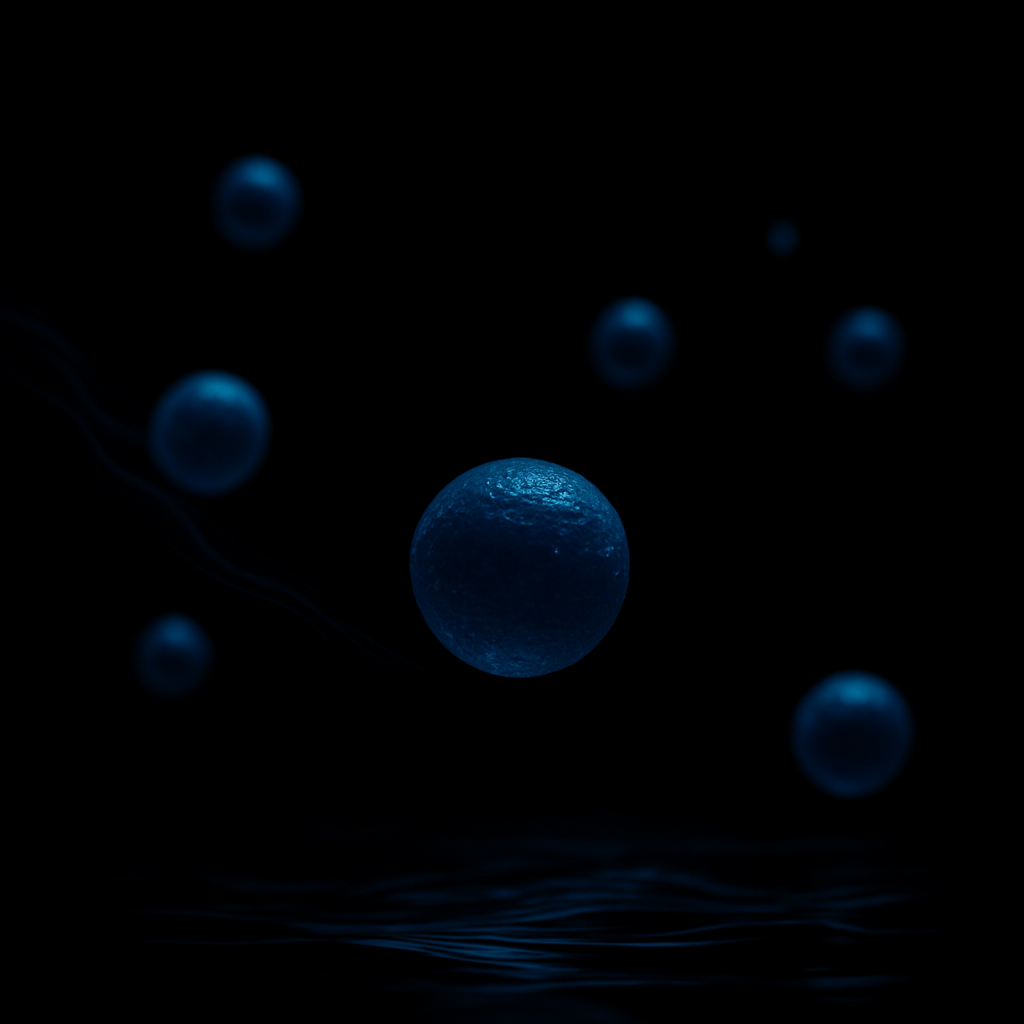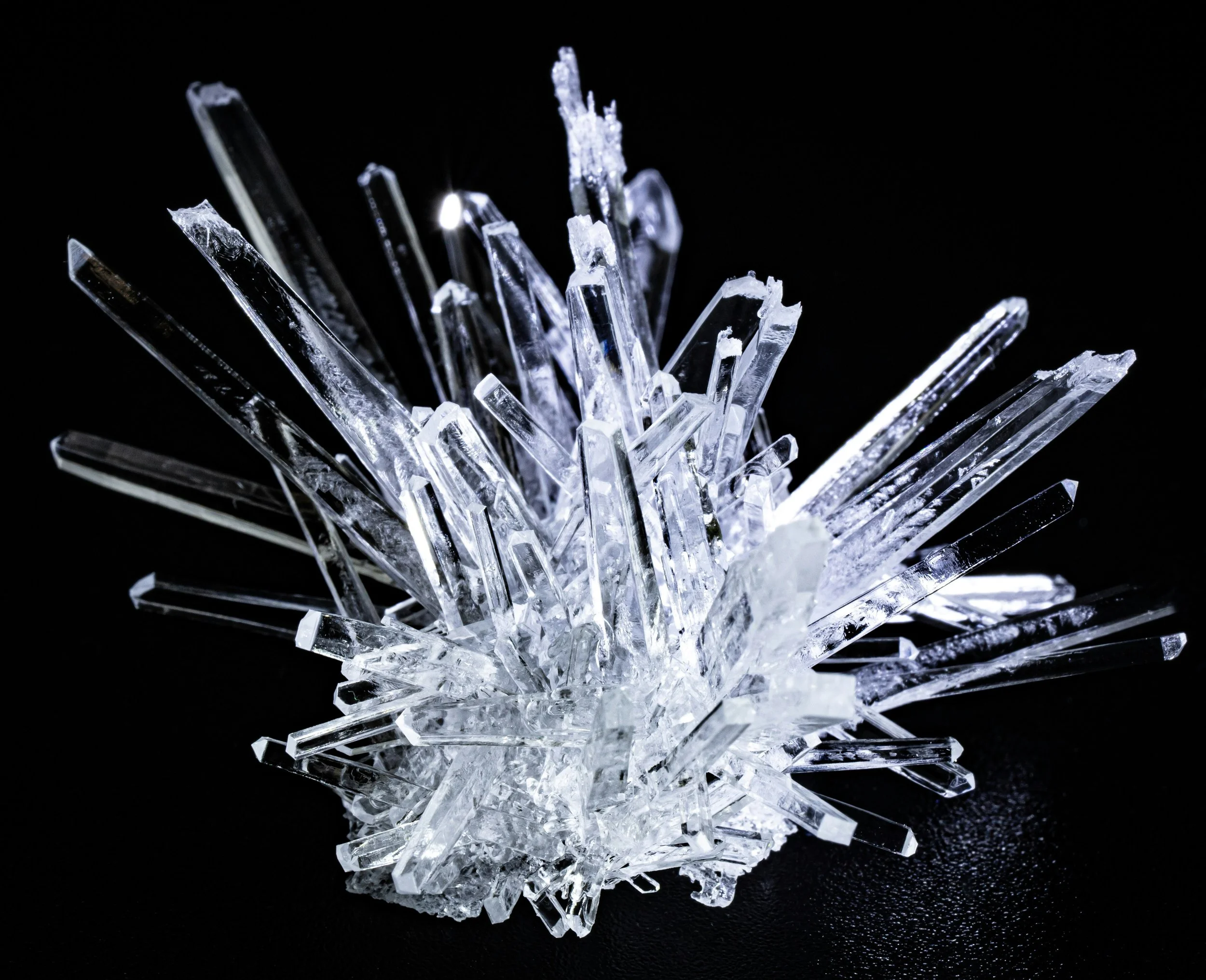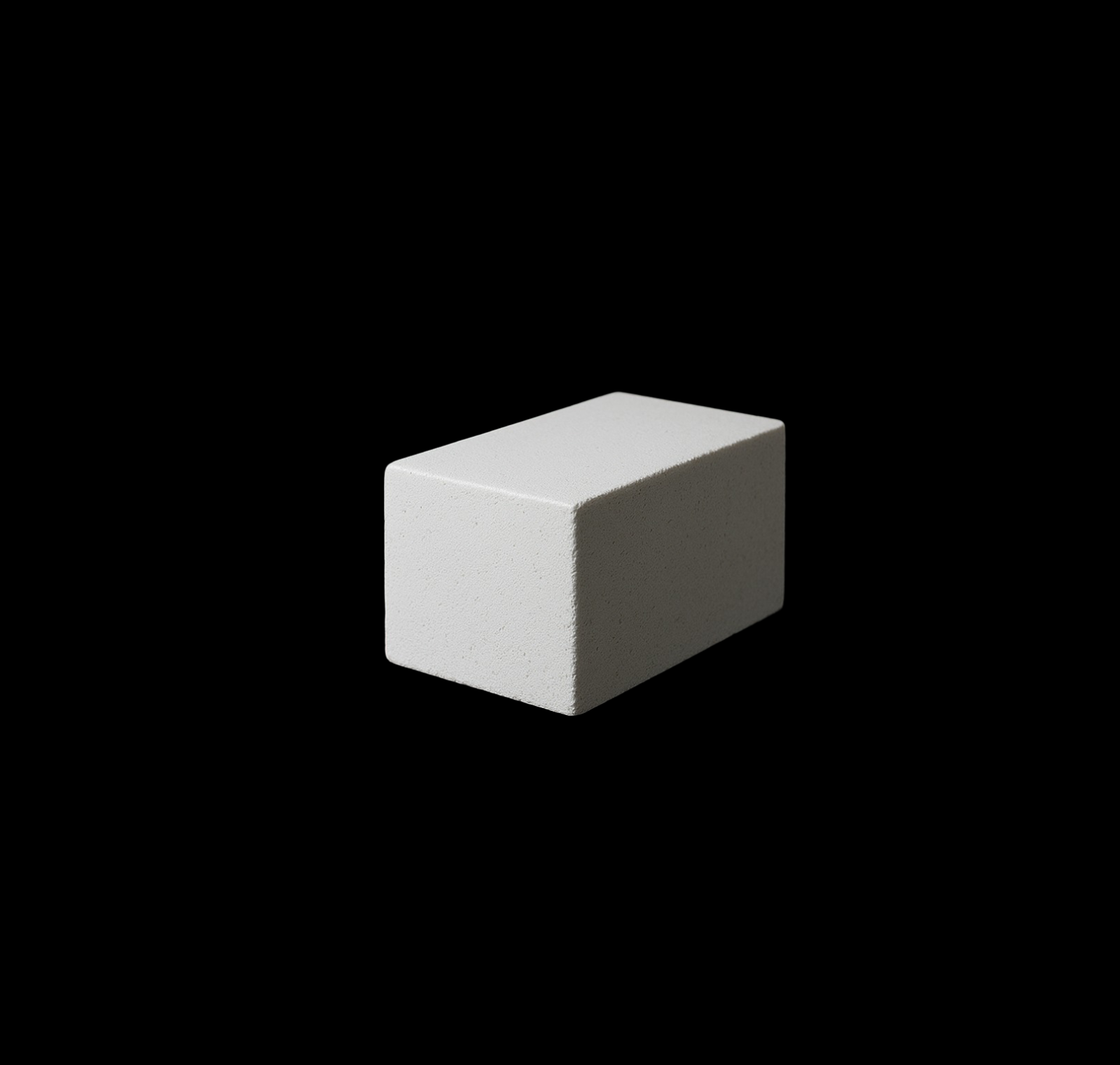Our Technology
We’ve developed a biological process that converts captured CO₂ into solid minerals. By cultivating mineral-forming macroalgae, we reproduce nature’s carbon cycle under controlled conditions, transforming emissions into stable, high-purity carbonates for industrial use. Our materials offer a scalable, low-carbon alternative to mined minerals across multiple sectors.
Capture → Grow → Mineralize → Build → Recycle.
Capture → Grow → Mineralize → Build → Recycle.
Stage 1: CO₂ Capture
We begin by introducing alkaline (that have a high level of calcium) industrial residues into seawater, triggering the absorption of atmospheric (we can also handle industrial) CO₂.
This step creates a carbon-rich solution turning waste materials into the starting point for mineral.
Stage 2: Biomineralization
In open ponds, our macroalgae use this dissolved CO₂ to grow and naturally produce ultra-pure calcium carbonate through biomineralization.
Through photosynthesis and controlled chemistry, biology becomes the engine of mineral creation.
Stage 3: Separation
Here, biology completes its transformation of CO₂ into stone: permanent, inert, and ready to be used as a building material.
As the algae grow, mineral crystals and organic fibers form together. These two valuable components - 85% calcium carbonate and 15% biofibers - are separated through a simple, low-energy process without filtration or centrifugation.in shells, corals, and limestone.
Stage 4: Build a New Future
This ultra-pure calcium carbonate, produced in our ponds, can replace conventionally mined minerals in a wide range of industrial applications.
Instead of compressing, liquifying, transporting and storing CO2 underground, our macroalgae produces carbon-negative minerals and fibers that re-enter industrial supply chains, in cement, coatings, paper, and packaging, locking away CO₂ permanently while maintaining the performance industries rely on.
From pond to powder to product, we close the loop, transforming emissions into the building blocks of a low-carbon world.



